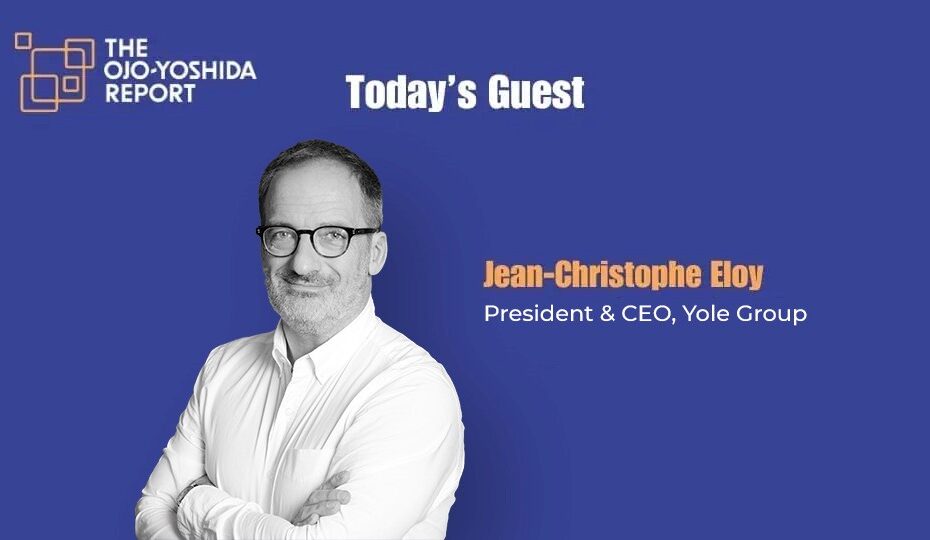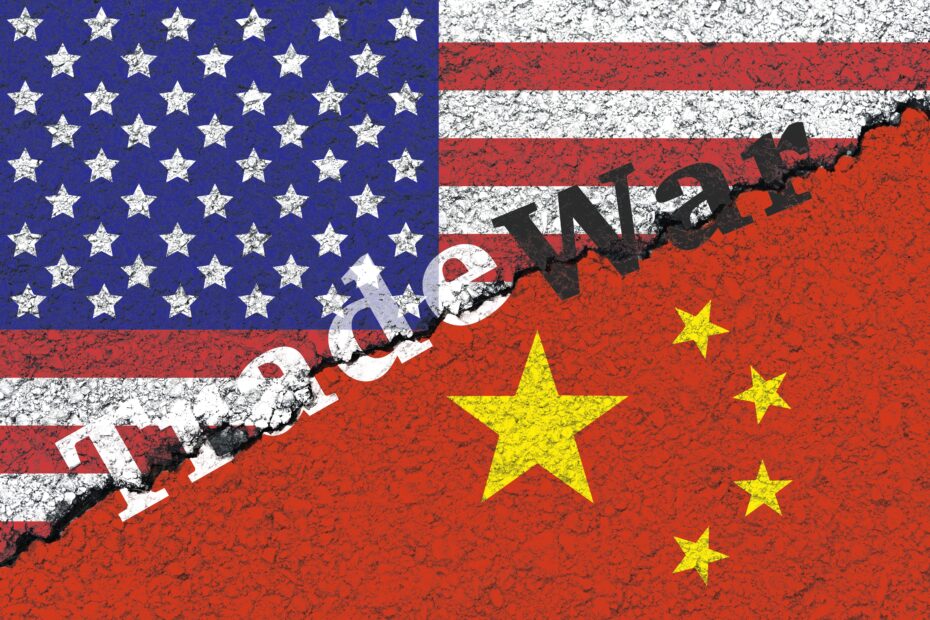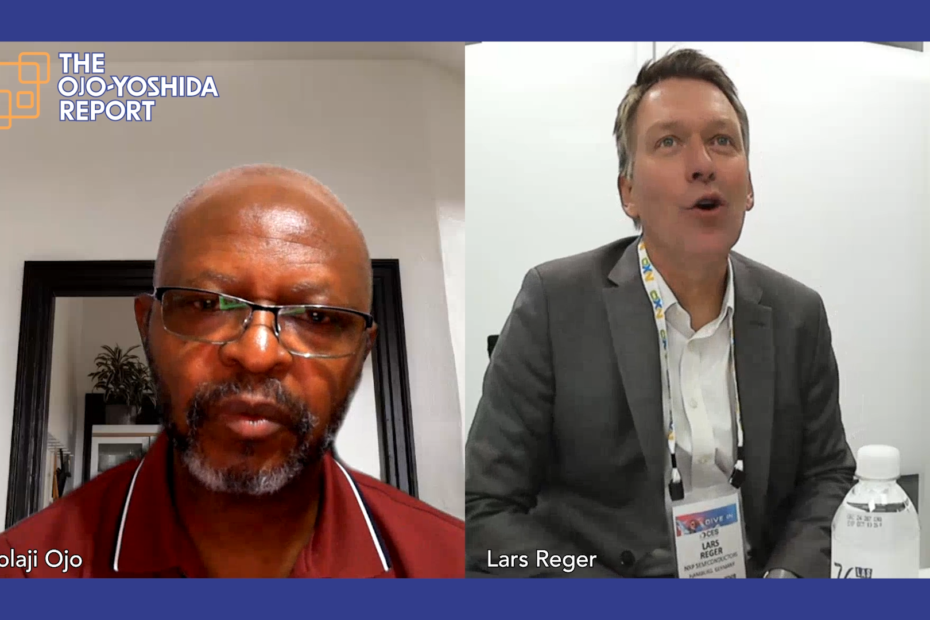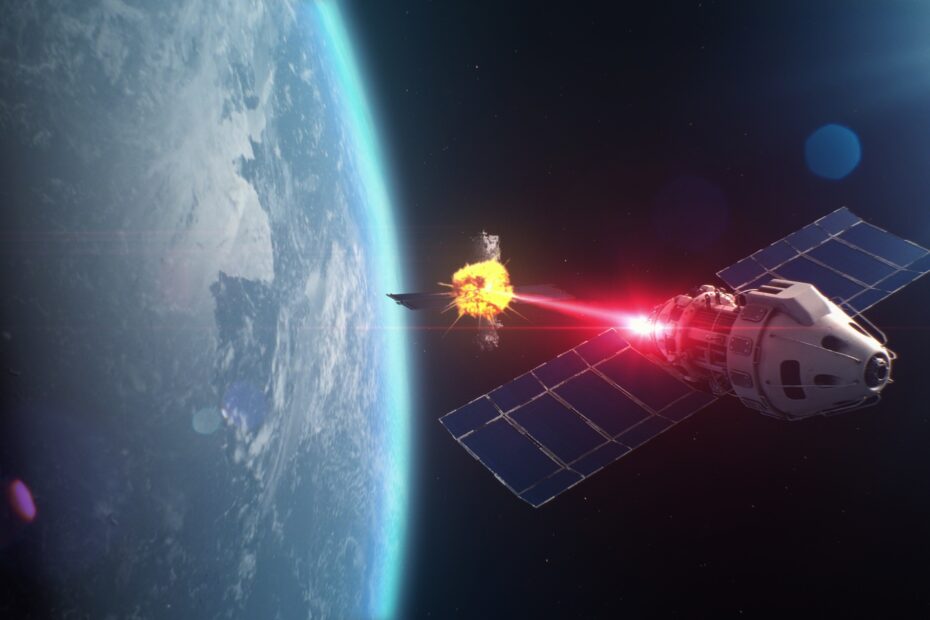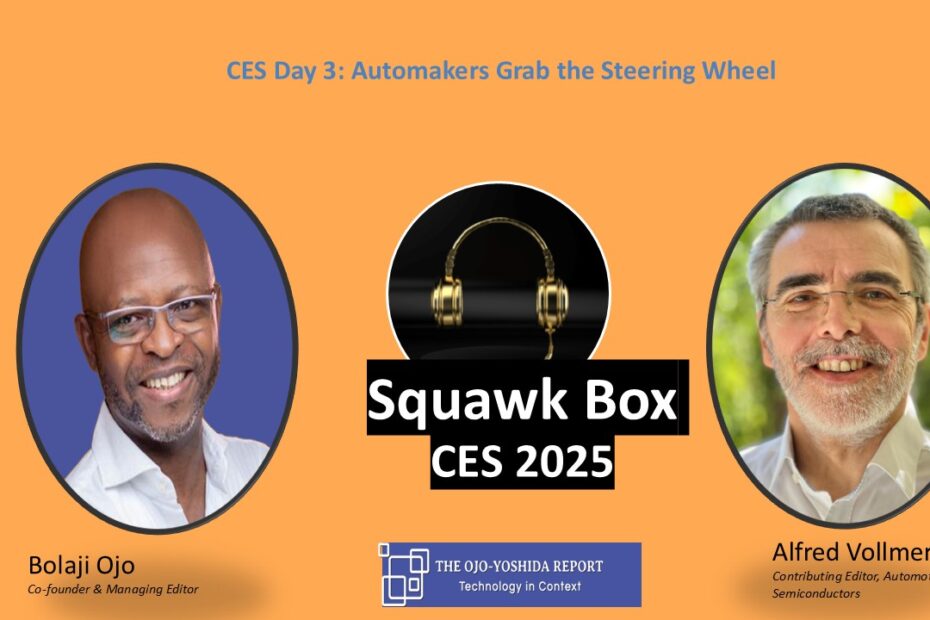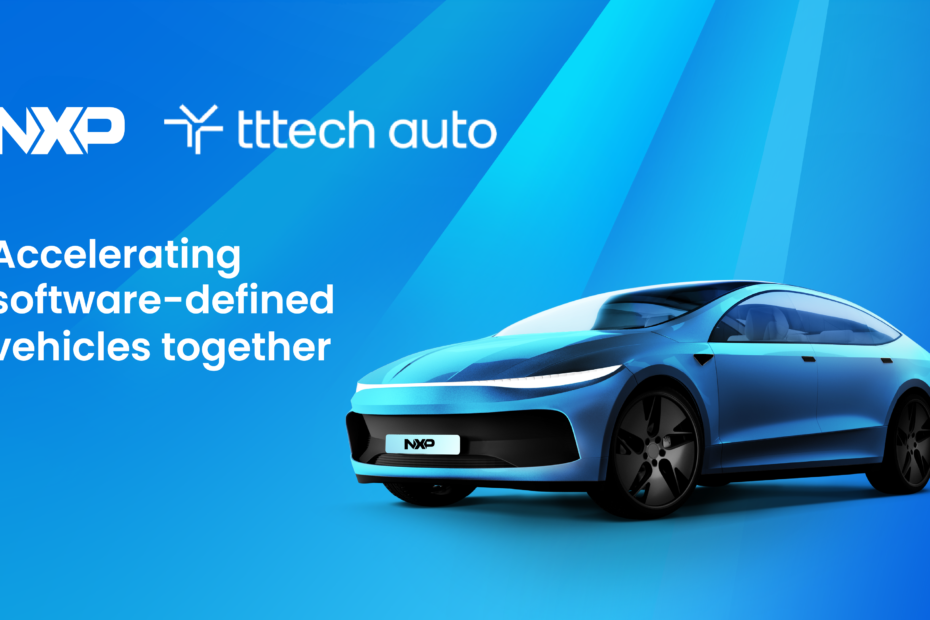Eloy: The Future of Automotive is being Created in China
By Bolaji Ojo
Jean-Christophe Eloy has been closely involved in the electronics and semiconductor industries for several decades, during which period the founder and CEO of the Yole Group has observed a handful of transitions in the sector.
Another one is taking place now, according to Eloy, who says the current transformation of the technology world is multifaceted and deeper than previous ones because it encompasses most segments of the global economy. To further complicate the situation, the industry is also trying to wrangle down the disruptive impacts of geopolitical disputes and the uncertainties associated with the applications, investments and access to innovations in artificial intelligence, he noted.
In a webcast interview with editors of the Ojo-Yoshida Report, Eloy explored diverse topics of interest to the industry, ranging from AI to the increasing role of China in the semiconductor supply chain and the outlook for leading players like Nvidia and TSMC. He also delved into the fractious issue of how Taiwan’s relationship with China and the West will be resolved, suggesting that he sees a peaceful, negotiated resolution that while not pleasing to everyone would still be acceptable on a longer-term basis.
Read More »Eloy: The Future of Automotive is being Created in China
